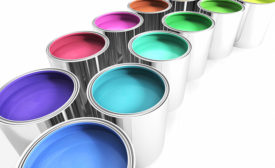Adhesives and Sealants Topics
Weathering tests for adhesives help ensure that the adhesive is able to perform as expected under specific environmental conditions.
Read More
Keep the info flowing with our eNewsletters!
Get the latest industry updates tailored your way.
JOIN TODAY!Copyright ©2024. All Rights Reserved BNP Media.
Design, CMS, Hosting & Web Development :: ePublishing










